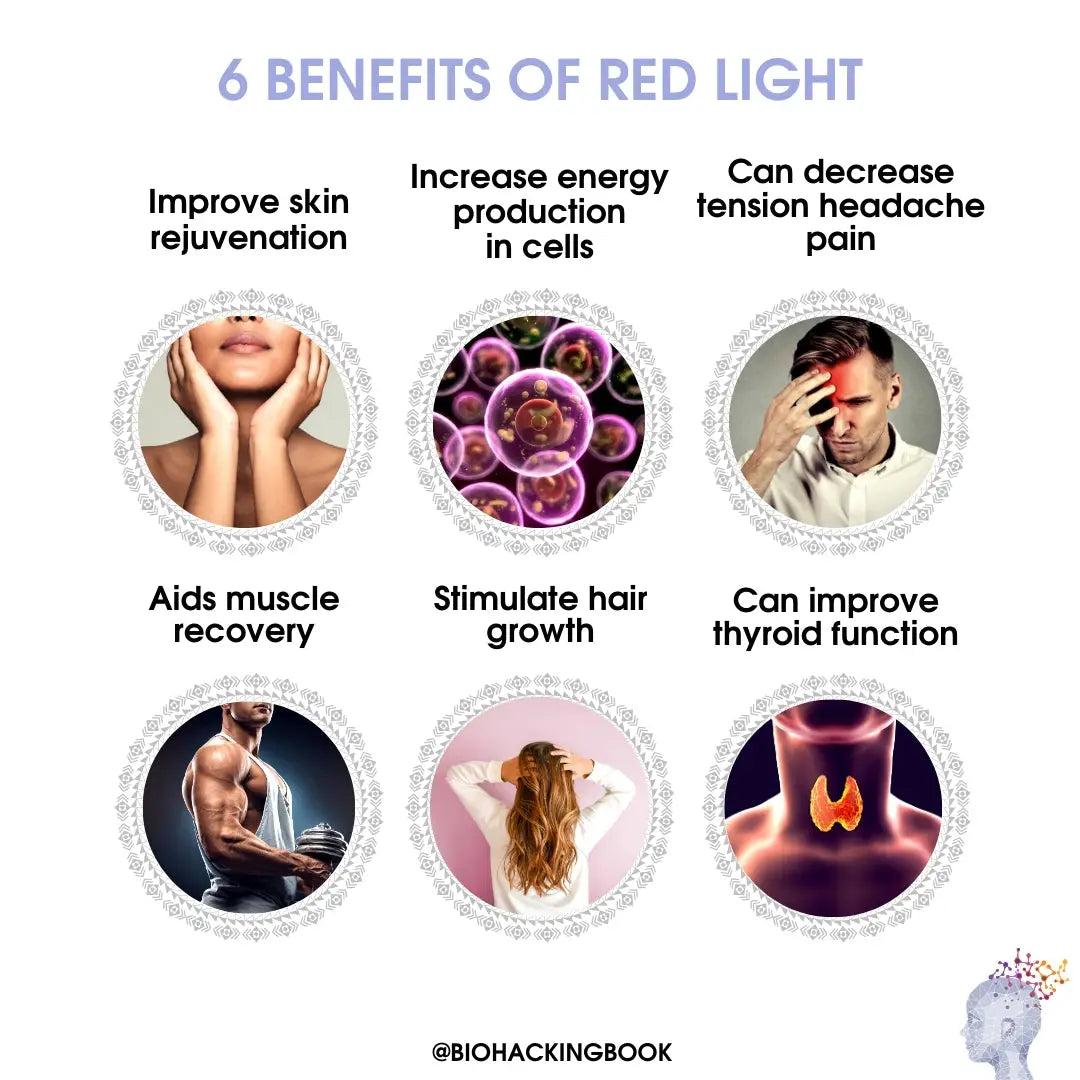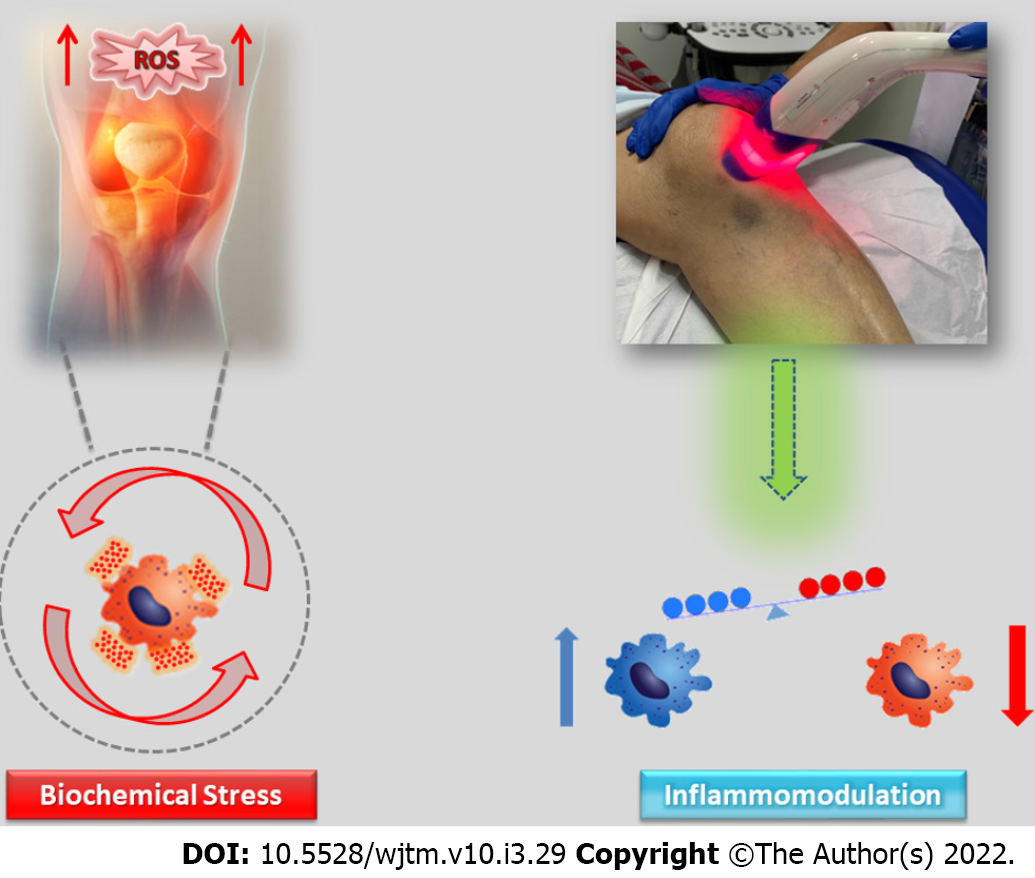Photobiomodulation Fundamentals Explained
Wiki Article
Photobiomodulation - An Overview
Table of ContentsPhotobiomodulation for DummiesThe Only Guide for PhotobiomodulationPhotobiomodulation for BeginnersWhat Does Photobiomodulation Do?
Laser treatment is a clinical treatment that makes use of focused light to boost a procedure called. During PBM, photons go into the tissue and communicate with the cytochrome c complex within mitochondria. This communication sets off an organic cascade of occasions that brings about a boost in mobile metabolism, which can along with speed up the recovery process.There is consensus that the application of a therapeutic dose of light to damaged or inefficient cells causes a cellular feedback mediated by mitochondrial mechanisms. Photobiomodulation. Researches have revealed that these changes can influence pain and swelling, in addition to, cells repair work
Modifications in ATP, responsive oxygen varieties and nitric oxide follow light absorption by Cc, O. These effects are redox state and dosage dependent.

Some Known Details About Photobiomodulation
PBM devices have been cleared for advertising and marketing by FDA with the Premarket Notification/510( k) process as adjunctive devices for the temporary relief of discomfort. These clearances were based on the discussion of clinical information to support such cases (Photobiomodulation). In this therapy, a light resource is placed near or in contact with the skin, permitting the light power (photons) to pass through cells where it communicates with chromophores situated in cells causing photophysical and photochemical modifications that cause alterations at the molecular, cellular and cells degrees of the bodySurprisingly, recent study suggests that light can enhance performance in normal cells and cells. The possible applications of PBMT are various and are being checked out experimentally at the basic scientific research, pre-clinical and professional level. The existing professional usages are for the alleviation of discomfort and inflammation and the therapy of sporting activities injuries.

The treatment specifications and variety of sessions required for PBMT are dependent upon location and reason. PBMT typically needs greater than one therapy for optimal discomfort relief. It may take a number of treatments for the results to end up being obvious. records that it can take anywhere from 8 to 30 sessions for a treatment to be totally reliable, and some people find it necessary to undertake therapy 2 to 4 times per week.
The 15-Second Trick For Photobiomodulation
Therapy criteria for PBMT were initially established using cells artificial insemination and in small pet models. These therapy parameters generally had a low irradiance and fluence and worked well for cutaneous applications. When medical professionals started to use PBMT to treat structures that were located much deeper in the body, they used these parameters with unfavorable outcomes.
We currently understand that these adverse studies resulted from incorrect tool and treatment parameters for transcutaneous therapy of much deeper frameworks. Recent breakthroughs in laser treatment gadgets and even more study into the suitable dosages have actually substantially improved the results of PBMT. For treating deep cells, the wavelength of light made use of identifies the deepness of infiltration right into a cells.
It is essential that a clinician uses the ideal wavelength of light and parameters to treat find this a condition. One wavelength and one collection of therapy parameters will not work for all conditions. Negative adverse effects have not been reported from using PBMT (Photobiomodulation). Updated June 27, learn this here now 2016Juanita j
Light therapy is a non-invasive therapy that functions by raising the ability of the cell to create power (ATP) to recover the location being dealt with. As an outcome, it can lower swelling, swelling, and pain in the area. Study in this area is broadening, with more in-depth study documents connected below for those who want to discover more.
Some Known Factual Statements About Photobiomodulation
In the first experiment, Dr. Endre Mester, made use of shaved rats and observing just how the laser influenced their ability to grow hair compared to the team that was not receiving LLLT. He discovered that the team of mice obtaining LLLT had the ability to grow their hair back quicker than the group of computer mice that didn't get LLLT (Hoon C, et alia; 2012).This treatment is termed this way to distinguish the difference between the lasers some professions make use of to cut (eg. Low-level light treatment is pain-free, non-invasive therapy.
LLLT has a biphasic feedback, indicating that reduced dosages are usually attended be extra useful than greater dosages. That being stated, dosages higher or less than the optimal dose doesn't impact (Hoon C, et alia; 2012). Therefore, it can be tough to have research studies on LLLT with a lot of criteria.
Some business integrated both (LED and laser) to supply a much more well-shaped treatment given that lasers can penetrate deeper than LED and infrared light (Norman Doidge, The check my blog Mind's Means of Recovery, 2015). Throughout therapy, the location that is being dealt with is revealed to LED light from a Biography, Flex Laser, which goes to 660 nm wavelength, complied with by infrared light at 830-840 nm wavelength.
Report this wiki page